When we caught up with Renan Ozturk this January for photography and filmmaking tips, the Park City, Utah resident skipped the quick hacks and technical behind-the-camera skills. Instead, he emphasized the importance of the broader first step to improved visual storytelling—that is, zeroing in on fascinating subjects, traveling light, and playing the long game.
To get caught up with Ozturk’s work, his award-winning films include Meru, Sherpa and The Last Honey Hunter, it’s best to look back.
In the early 2000s, as a recent graduate from Colorado College and survivor of a roll-over car accident down a snowy hillside, Ozturk gave away his belongings and headed to Indian Creek, southeast Utah’s world-class rock-climbing area. There he connected with the Stone Monkeys, who, like Ozturk, chose to live as minimalists—without homes and many even without cars. Together they became close friends, following the climbing seasons throughout the American Southwest for six years.
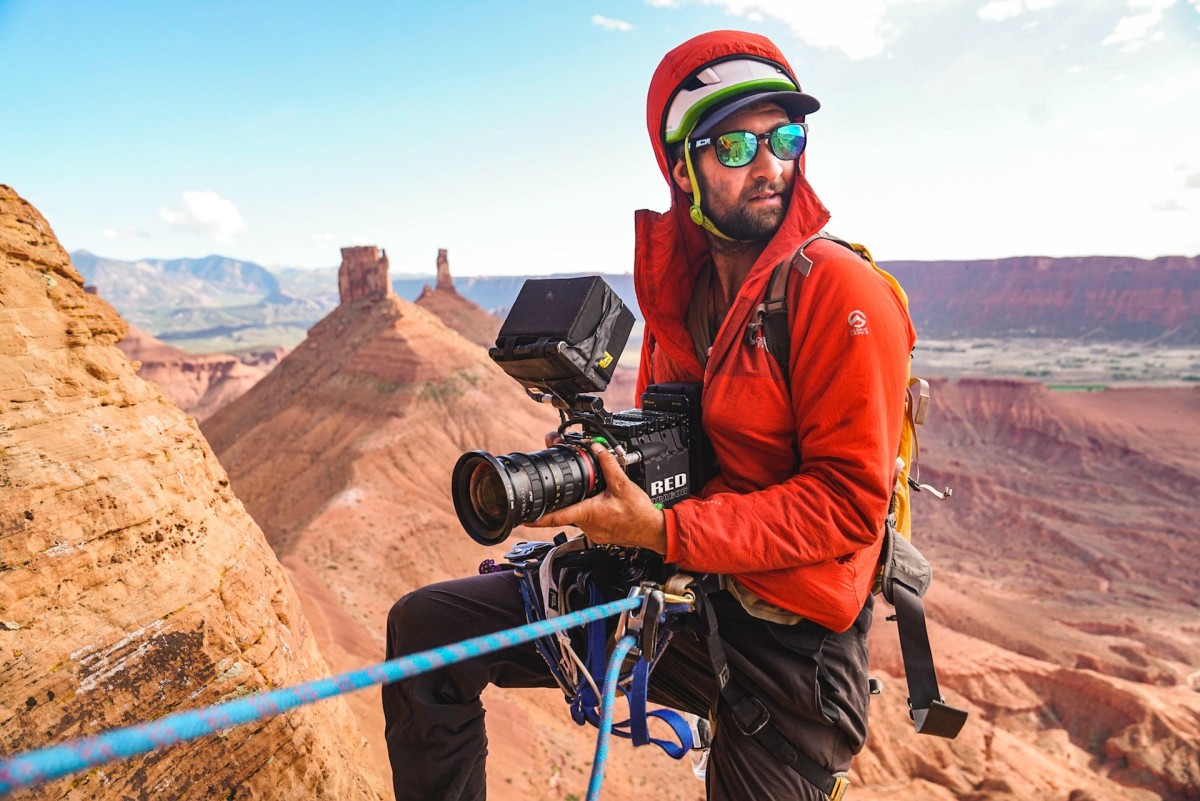
When I met Ozturk back then in Joshua Tree, he didn’t even have a tent. As strong winds blew over the desert, his sleeping bag filled with sand. But despite the harsh sun beating down and sand-filled wind stinging his eyes, he continued to paint landscapes on organic canvases. And he climbed—including free solo—hard. He soon became a world-class photographer and filmmaker, and today combines his love of climbing, art, and exploration to share it with the world.
Having completed more than 25 international expeditions (including some of the boldest of the last decade), The North Face athlete continues to paint. “His canvases are worn, folded, and wrinkled with the dirt of the mountains,” states his website. “The cracked paint, dried from the sweeping alpine winds, is an imprint of the weathering forces of nature that [he] endured on these expeditions.” Ozturk pours that same level of grit, determination, and perfection into his films and still photography.
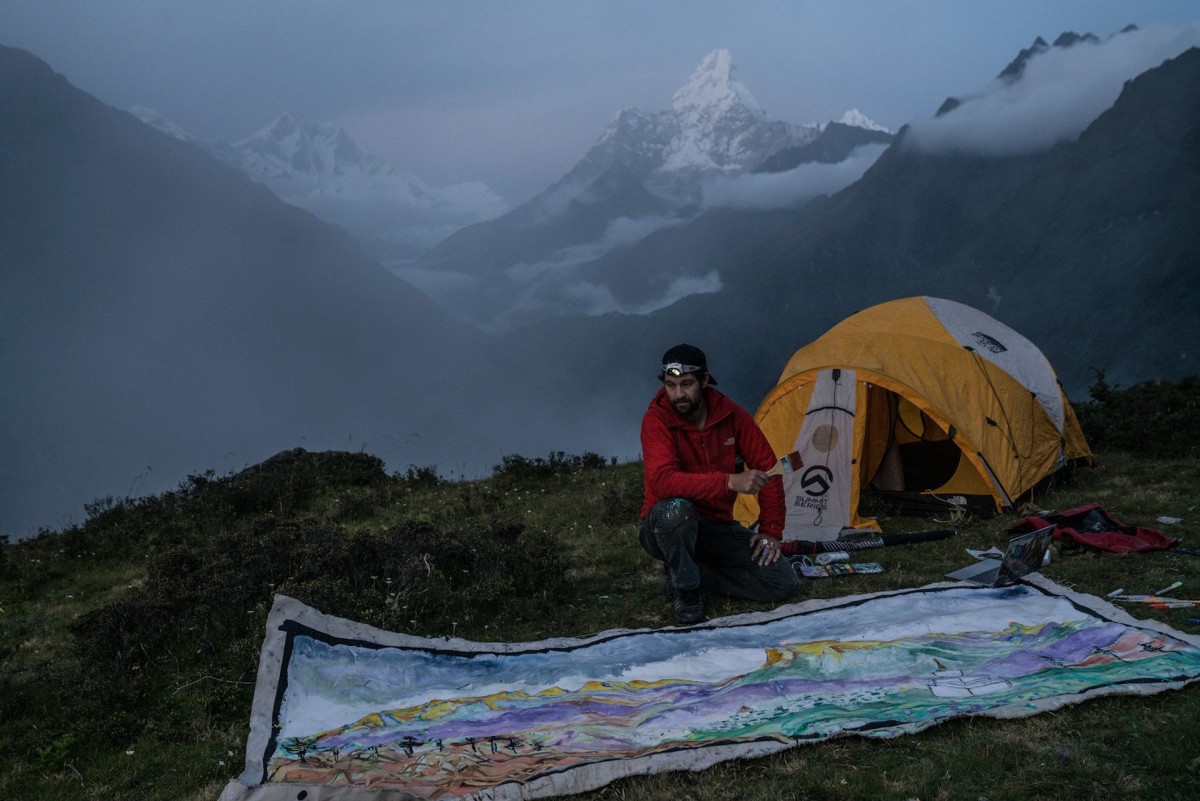
Tip One: The same ethos of climbing can be applied to photography
Carrying only the bare essentials to shoot The Last Honey Hunter, Ozturk captured his subject climbing a bamboo ladder hundreds off the ground to reach a kind of honeycomb that gets people high. “The faster you can move, the more you cannot miss a moment,” he says. “Have everything really pared down and simplified; it’s the whole Saint-Exupery quote:”
Perfection is achieved, not when there is nothing more to add, but when there is nothing left to take away.
On that note, Ozturk shoots with a Sony α7R IV lightweight mirrorless camera with a 35mm f/1.4 lens. And though “I have a thousand lenses with me,” he says exaggerating, “ninety percent of the time I shoot with just that lens which gives me portraits to landscapes. It’s simple and effective.”
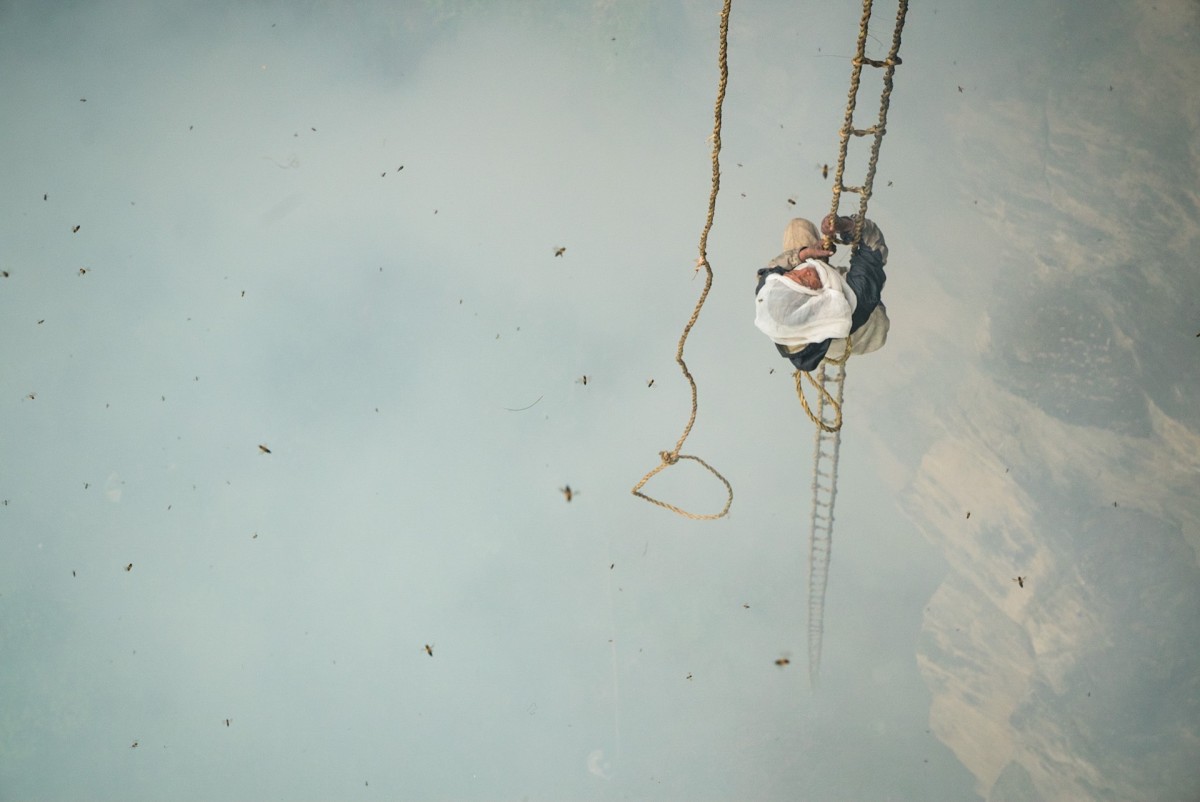
Tip Two: Find good characters and good stories
Ozturk’s upcoming full-length film Sanctity of Space combines an Alaska climbing journey with climbers Zack Smith, Freddie Wilkinson, and the legacy of the late aerial photographer Bradford Washburn, “the Ansel Adams of aerial photography,” Ozturk says. It covers climbers who can make it professionally]and those that chose not to.
Wilkinson is a professional alpinist, guide and author, and Smith is a former dirtbag climber that instead of pursuing sponsorship runs a holiday lighting business. “He’s one of the best dark horse climbers out there,” Ozturk says.
In a story in The New York Times, it says of Smith, “he had rejected the trappings of professional climbing, sponsorship and documentation of his climbs.”
Says Ozturk, “The advice I give people to do good work is to find good characters and good stories. They’re often right under your nose.”
Tip Three: Know your subjects
“The Last Honey Hunter was 10 years of going to Nepal,” Ozturk says. “I first went there for college for a study abroad project. I knew that learning the culture and language of Nepal would help me understand the area.”
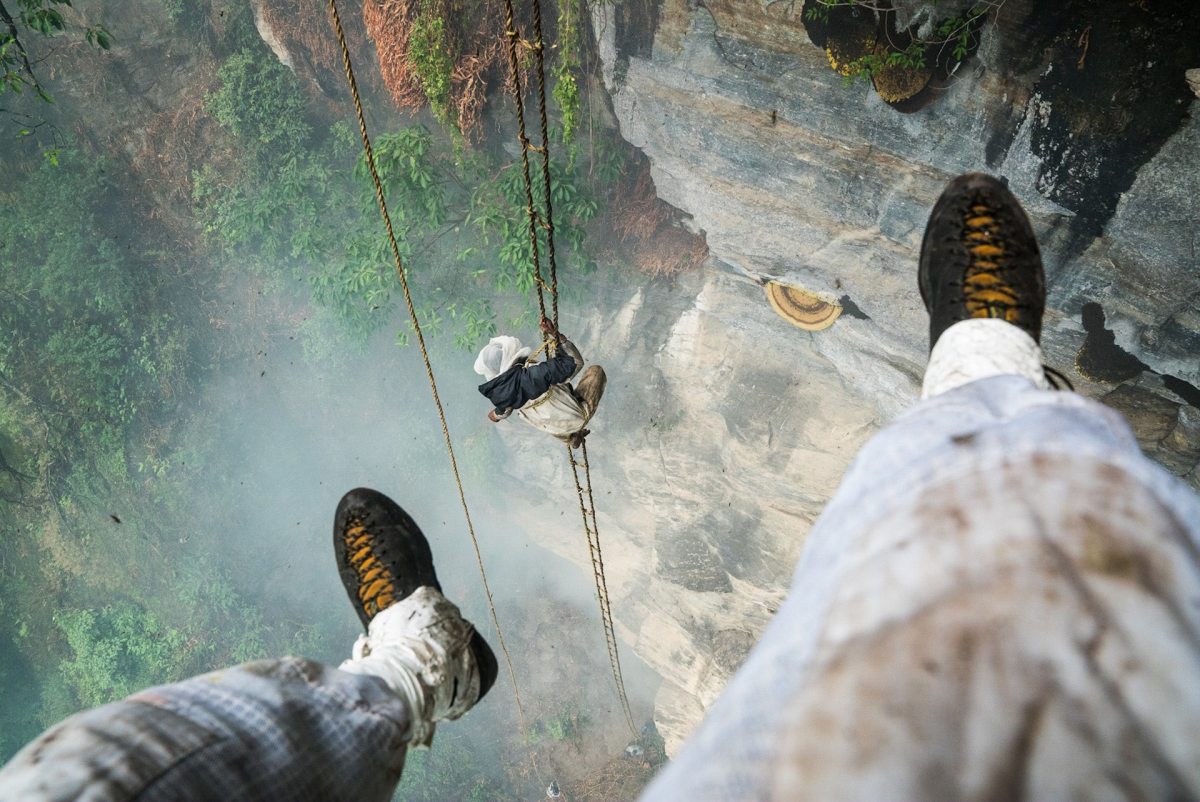
Intimately knowing his subjects allows Ozturk to clearly tell both cultural and conservation stories.
In Honey Hunter, “their culture is different because of the beliefs around it and the forest spirit. That’s the center of their universe and they feel that that spirit is slipping away into the mountain.”
THE LAST HONEY HUNTER from FELT SOUL MEDIA on Vimeo.
Tip Four: Embrace the journey and play the long game
When it comes to making great work, whether it’s with paint or with film, Ozturk believes it’s about following the long game.
When someone picks up a DSLR and mirrorless camera, “it signifies you’re starting a long journey. You may not know what you’re searching for. Maybe you just want images that stand out and want to control those images artistically, or capturing night photography. You probably have an intention to enter that space of photography. Ask yourself what you’re passionate about, do you want to take photos of your family? Even if you have a personal collection, it’s good to have that longer-term plan.
“Don’t be afraid to develop stories and follow that path even though the payoff could be a decade out,” he says. “Sometimes it takes that long.”
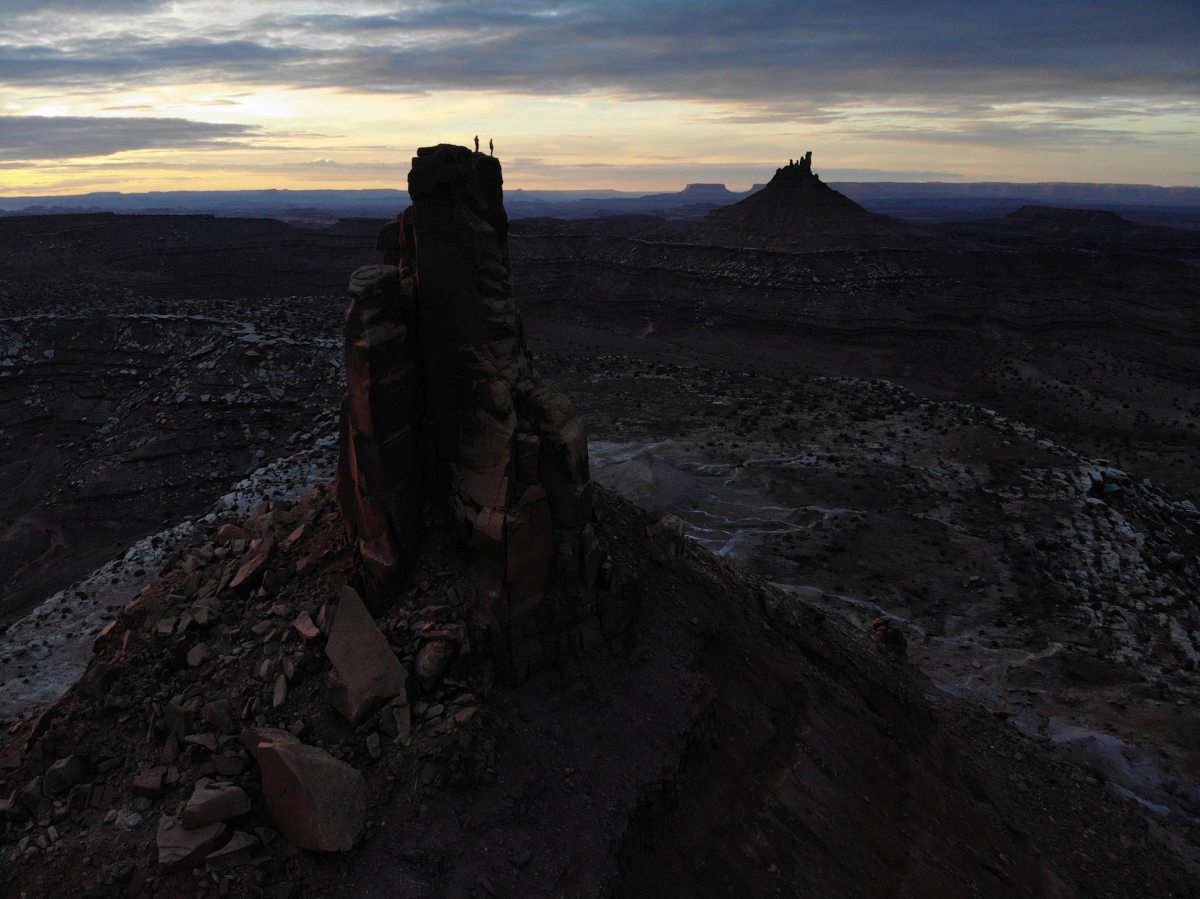
To follow Ozturk’s work, check out his website and follow him on Instagram and Facebook
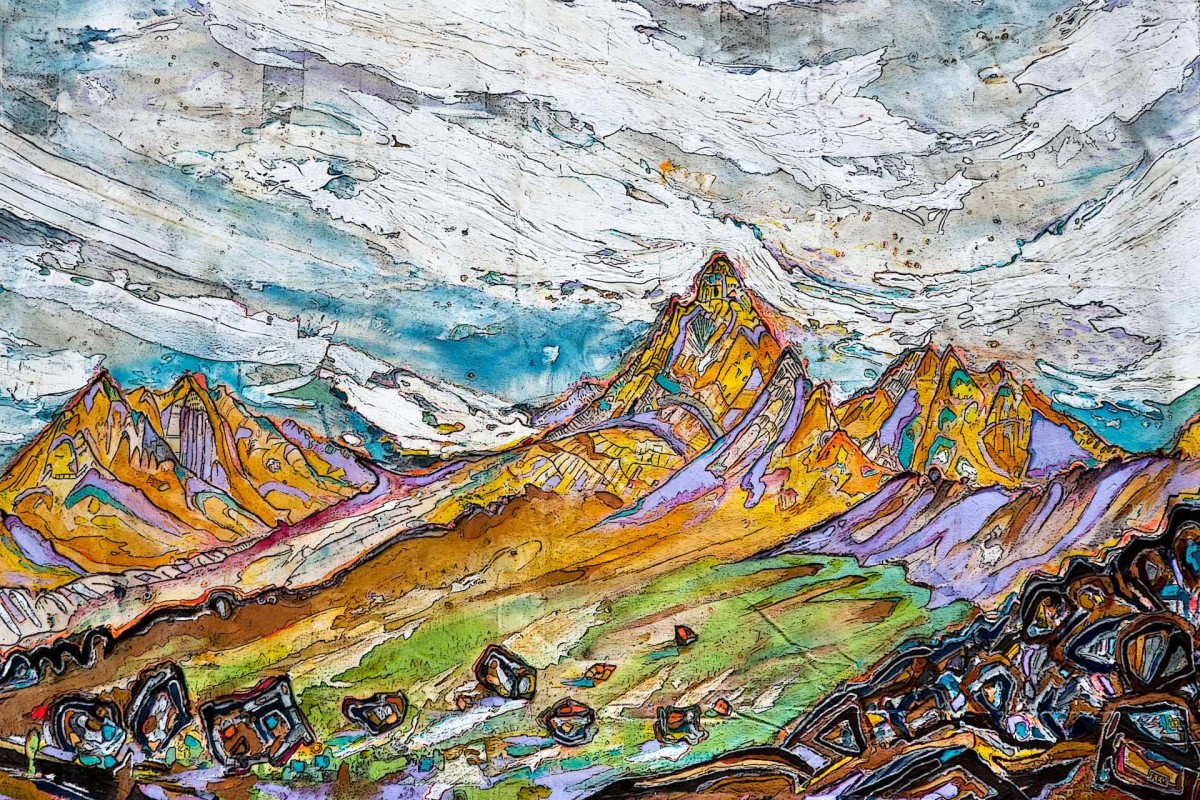
from Men's Journal https://ift.tt/2vz46IX
via IFTTT







0 comments:
Post a Comment